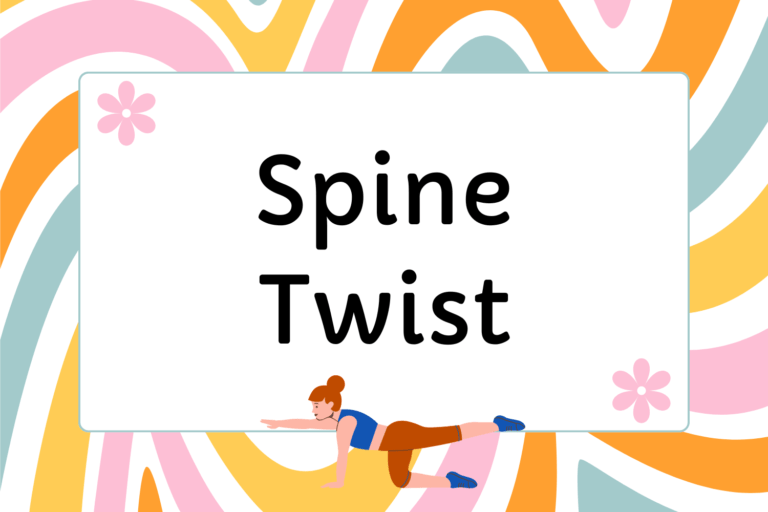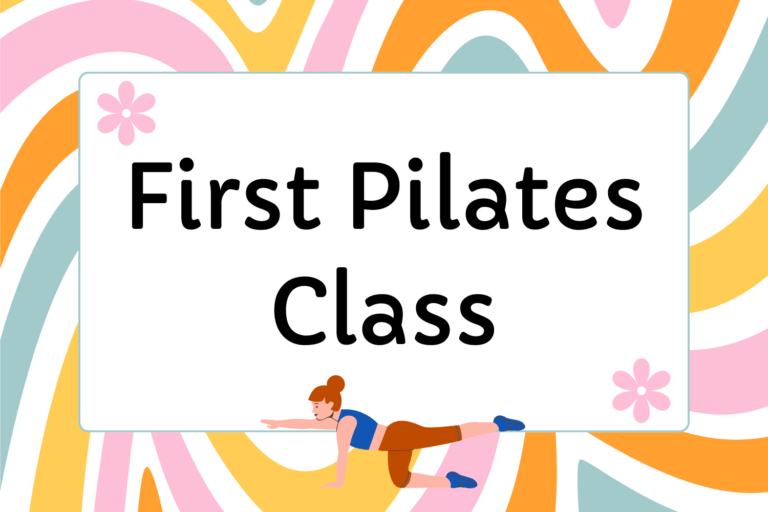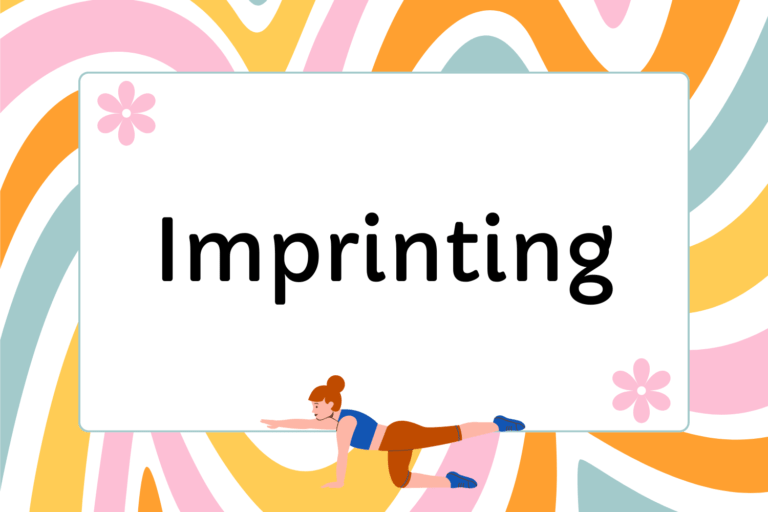At first glance, Pilates exercises might seem similar to calisthenics or other fitness moves, such a push-ups, sit-ups, or lunges. But the main difference between Pilates and other exercise methods resides in the guiding principles of Pilates. There are six standards that create the foundation for every movement in Pilates, and every standard must be present in each exercise for the duration of the entire workout.
Pilates exercises do not require many repetitions to yield results when all six principles are present. Joseph Pilates himself emphasized quality over quantity when performing the moves. You can mindlessly mimic a move, like the Hundreds or Single Leg Circles, but without putting the principles to work, you’re simply going through the motions, not practicing Pilates.
The Six Pilates Principles
The six main Pilates principles were extracted from Joseph Pilates’ original work. Because of this, the order, specific words, and even the total number of principles can vary from teacher to teacher. Nevertheless, there are six basic principles that are widely used today. These principles, in no particular order, are:
- Concentration
- Control
- Centering
- Precision
- Breathing
- Flow
Whether you’re doing mat work or exercising on a Reformer, keep these principles in mind as you practice Pilates for an efficient workout and lasting results.
Concentration
Concentration is an essential element when connecting your mind and body. It’s having a thoughtful awareness of your entire body while you are performing the movements. Paying attention to the details and precision of each move requires focus, which results in a greater awareness of how your body moves in everyday life. This ultimately leads to the powerful mind-body connection that is the heart of Pilates.
Control
Muscular control is the foundation of Pilates moves. Haphazard, sloppy movements can quickly lead to injury — in addition to being unattractive and ungraceful. Every movement in Pilates serves a function and every body part plays a role during an exercise. No move is done simply for the sake of it! This creates a safe and effective method of movement that puts a student in control of his or her own body.
Fun Fact:
Joseph Pilates originally called his method “Contrology,” referring to the principle of complete muscular control. His intention was for students to learn how to be in total control of their bodies, instead of at their bodies’ mercy.
Centering
Centering refers to the large group of muscles in the body’s center that includes the abdomen, lower back, hips, inner thighs, and buttocks. This group is commonly referred to as the “powerhouse.” In Pilates, all moves originate and extend from the foundation of the powerhouse outward to the limbs and upper torso. This results in coordinated movement and a very strong foundation — with the added bonus of a slim waist, a strong and flexible back, and better posture.
Precision
Pilates is built upon precise and purposeful movement. Even the smallest movement is crucial! Every body part has an exact placement in each exercise, which creates grace and coordination throughout the whole body. In Pilates, it’s often said that it’s better to do one precise and perfect movement than several half-hearted ones. The more you focus on precision, the more you will become used to moving
Breathing
Although breathing might sound like it’s second-nature, this principle refers to the act of breathing deeply with full awareness and focus. Many students who are new to Pilates tend to breathe shallowly, only allowing air into the upper portion of the lungs. Joseph Pilates emphasized deep, full breaths. This helps to oxygenate the blood, cleanse the body of waste products via the lymphatic system, and calm the mind. Coordinating your breath with your movements also helps to connect your mind with your body, allowing for more grace, control, and coordination. The focus in Pilates breathing is on inhaling to expand and lengthen the body, and on exhaling to pull the body tight and toward its center (the powerhouse).
Flow
Flow, often called “fluidity,” refers to the grace and ease with which Pilates exercises should be performed. There are no rigid, static, or isolated movements in Pilates. Instead, all movement is dynamic and smooth. Lengthening outward from the powerhouse, each movement is as graceful as water flowing downstream. The emphasis on fluidity helps your body move more efficiently and with control through a greater range of motion.
Build a Solid Foundation
If you’re new to Pilates, these principles might seem a little hard to grasp. But with practice, you’ll be able to put the principles in action with every movement, every exercise, and every workout. Overtime, you will build more grace, balance, and ease in your practice and in your everyday life.





